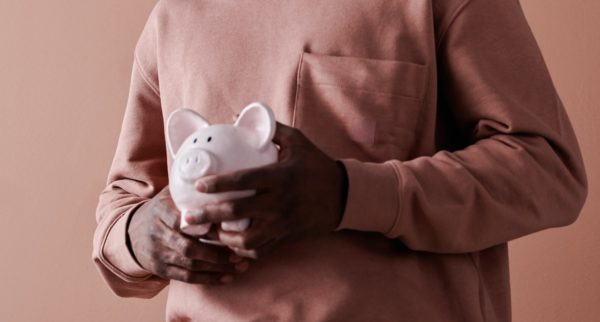The Great Resignation may be growing, but now people who have opted to quit their jobs are running out of money, according to new research.
Job layoffs, health worries, insecurity, child care needs, and entrepreneurship are just reasons people have left the workforce during the pandemic in the past two years. Some older Americans have accelerated their retirement; others live off savings and side hustle. Others have been relying on profits from investments.

ADP Chief Economist Nela Richardson told CNN the strong stock market along with the spike in home prices “has given some higher-income people options. We already saw a large portion of the boomer workforce retiring. And they’re in a better position now.”
But now many Americans seem to be running out of money, as more are reporting increased difficulty paying household bills.
It was a different situation in May 2021 when the Census Bureau’s “household pulse” survey, 46.7 percent of respondents said they had no difficulty paying usual household expenses. Then, in December, that had dropped to 39.9 percent. Some 49.9 percent of the respondents said they were having trouble.
“Since the economy has been steadily improving, the deterioration in household finances isn’t due to worsening unemployment or falling incomes. But the last stimulus payments went out in the first half of 2021, and emergency federal jobless benefits ended in September. With inflation at 6.8%, buying power is also eroding at the same time aid is drying up,” Yahoo reported. Another critical form of federal relief was the expanded child tax credit, but that expired in December.
“There are people who are running out of money,” Philippa Dunne of TLR Analytics told Yahoo. “It’s getting harder for them to pay their bills. The expiration of expanded unemployment insurance benefits and stimulus payments have taken a toll on household finances.”
Consumers had been saving during the pandemic. Americans saved money since it had been difficult to go out and show earlier on in the pandemic. But now that savings is dwindling. The saving rate shot up from 8.3 percent before the pandemic to a high of 33.8 percent in April 2020. Now, people spending their savings and have started to borrow more. In November, the saving rate dropped to 6.9 percent, and Census data indicates that more people are using credit cards to pay for routine expenses.




